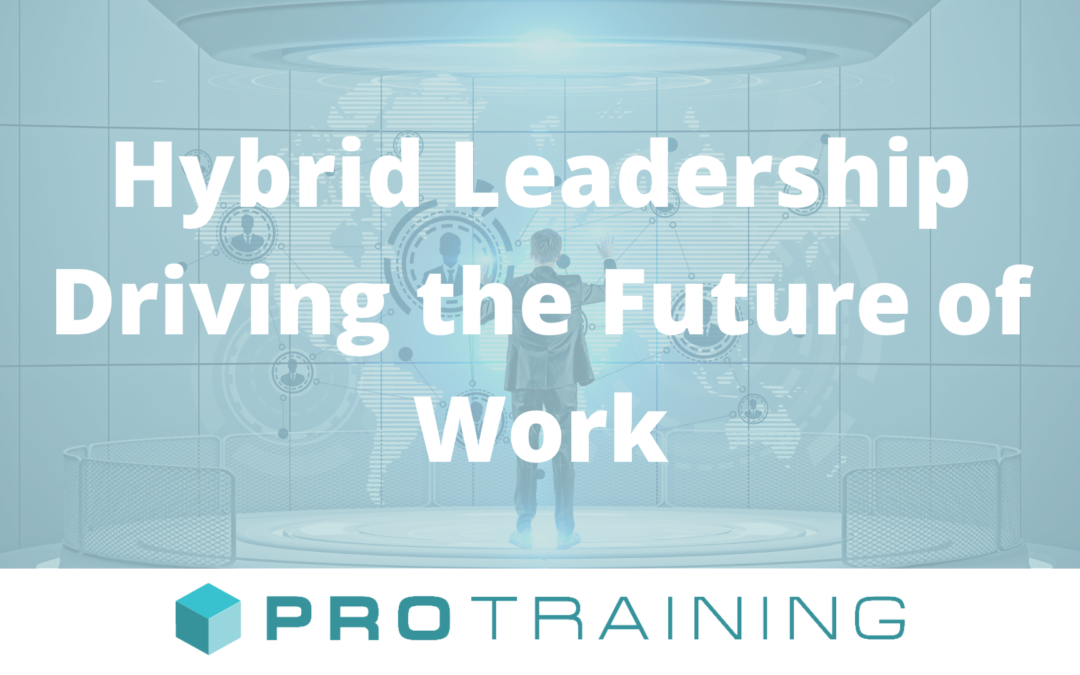The Workplace in 2022
When workers first left their offices in early 2020, no one could have imagined that this retreat to seeming safety would instigate a revolution in workplace practices. The current reality of leadership is now entering a hybrid state. Individuals and teams are dispersed across different working environments, and often, across different cities and countries. While many may choose to be in offices for a few days a week, others are adamantly fighting to maintain hard-fought remote, flexible work patterns. How can the leaders responsible for driving initiatives across organisations best support this new model of work? With the waves of infection creating an environment of constant flux, it is clear that the idea of a ‘finishing line’ which would welcome a sense of normalcy is a mirage. The key to success? Establishing robust hybrid structures to support employees who choose, or are required, to work remotely, as well as those returning to co-located working environments.

Reactive or Proactive?
Entering the second year of the Covid-19 Pandemic, remote working is no longer a necessary, abrupt, reaction. In the initial stages of the pandemic, leaders were reactive. This meant that work practices centred around approximating ‘in-office’ work within a remote environment to preserve a sense of normalcy. Resilient organisations, led by resilient leaders, focused on three key points to ensure that reactivity gave way to proactivity. In choosing to embrace such a model, leaders created a clear competitive advantage for their businesses. It’s simple – no longer looking at hybrid work as a debilitation and rather as an opportunity that will improve business results.
Clear Goals and Hybrid Strategies
At the onset of the remote working model, leaders across many industries focused on answering operational and logistical questions. Can employees get online? How many days will employees be in the office? While answering these questions was an important and pragmatic first step, resilient leaders should, at this stage, be driving integrated strategy. According to McKinsey, they should look to embrace the unique technological adoption and collaborative practices which remote working accelerated. Merely crafting a high-level leadership strategy is not enough; leaders should ensure that the goals and objectives, which are aligned with this strategy, are effectively and clearly communicated to teams throughout the organisation.
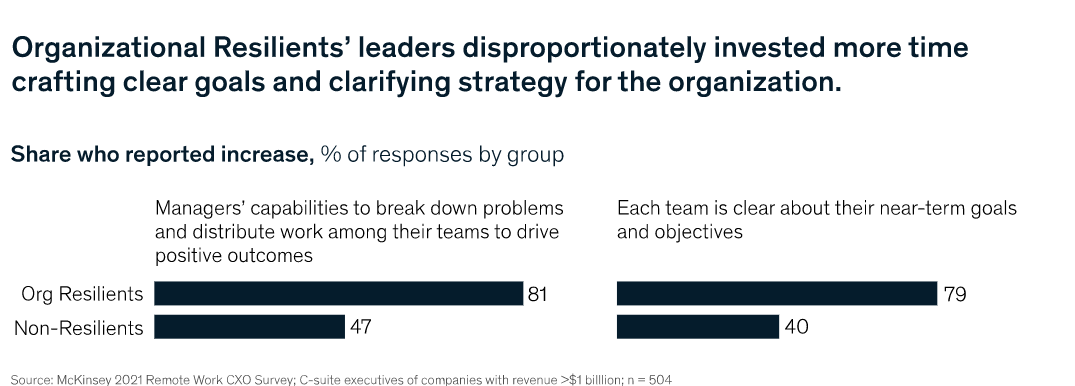
Resilient organisations drive positive outcomes in hybrid situations by ensuring consistency and clarity amongst all staff, those in-office and those working remotely. If leaders continue thinking in the short-term, with an outdated virtual roadmap, they are bound to fail. Successful hybrid leadership focuses on creating a new virtual experience roadmap which embraces features unique to hybrid or virtual work. This is reliant on visible, accessible, and transparent leadership.

Visible, Accessible and Communicative Leaders
Hybrid workers must unite behind a common purpose, engaged by visible, accessible, and communicative leaders. Maintaining a sense of a collaborative culture and connection is challenging in hybrid settings. This is especially true when leaders themselves may have certain biases towards or against remote working or in-office work. Self-awareness and action is crucial – are your leaders biased against virtual work? Are they more likely to discount the effort or value of remote workers? This is not necessarily intentionally malicious, yet it must be accounted for in leadership decision-making.
Culture is behavioural and is demonstrated as ‘lived’ by the leaders of an organisation – a Deloitte insight from the initial stages of the pandemic outlined how management was ‘unprepared to support the culture of the team and the overall organization’[1] in the move to remote working.
[1] (Switzer, 2021)

Rigidity is not going to support your success in the world of hybrid work. Leaders should be aware that certain activities and functions have increased flexibility in a remote environment, and that all employees deserve equity in their access to information and communication[2]. This will work in ensuring that employees across the organisation have equal access to transparent leadership and visibility. Leaders are responsible for ensuring that both the virtual and physical spaces created are actual spaces where people want to be safe, secure, and happy.
[1] (Switzer, 2021)
[2] (William D. Eggers, 2021)
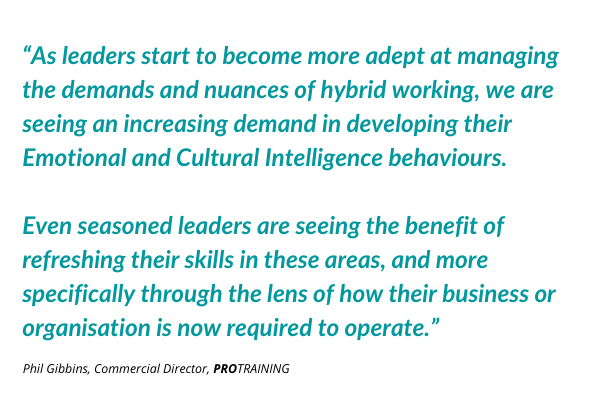
[1] (Joe Dettman, 2020)
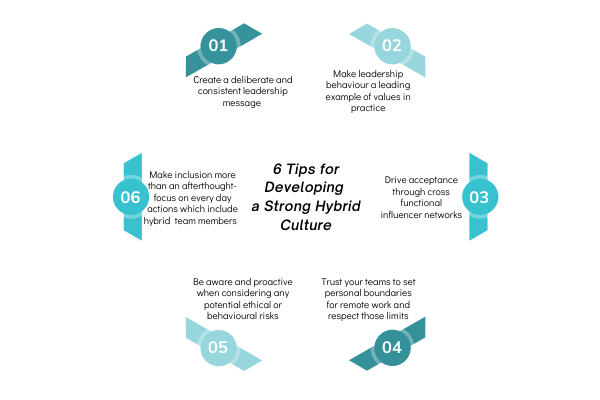
[1] (William D. Eggers, 2021)

Leading Beyond Outdated Measures of Productivity
Crucially, none of the practices discussed can be successful unless organisations are able to redress how they conceive productivity. With the rise of technology integration in organisations, leaders need to abandon outdated measures of productivity which date back to the Industrial Revolution.[1] Humans are not in competition with technology. In fact, technology should free up employees to focus on value creation which is inherently human-brainstorming, white boarding, and creative problem solving. It’s time for leaders to reconsider whether they want productivity tracking, often reported in the form of KPIs such as ‘number of phone calls,’ to outcome-based value creation, which may look like exploring the quality of phone calls and the result of calls. This will encourage employee empowerment in a hybrid environment and minimise the tendency towards presenteeism.
[1] (Koss, 2020)
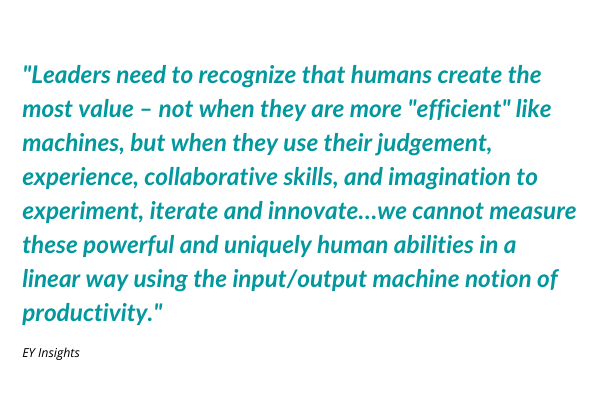
For managers who struggle with micromanagement or hyper fixate on numerical tracking, this will be a challenge. However, organisations who have developed beyond simple ‘productivity’ measures have reaped the reward of engaged, empowered employees, with the desire to drive impact.

Is the hybrid future here to stay?
Not all industries are able to adapt these hybrid practices with the same speed or same efficiency. Likewise, small businesses have unique challenges and opportunities which may complicate their access to expensive technology. However, the leadership practices outlined can benefit any organisation looking to balance office and remote working. With the surge of Omicron cases, and the constant threat of new variants, the idea of a ‘new normal’ is upended. Proactive leaders who are able to embrace rather than accommodate the hybrid model will build the most succesful organisations, growing more agile, more resilient, and more competitve than ever.
If you want to prepare your leaders for the hybrid workplace, why not have a look at our leadership development and team building solutions?
References
Aaron de Smet, M. M. (2021, July). Return as a muscle: How lessons from COVID-19 can shape a robust operating model for hybrid and beyond. Retrieved from https://www.mckinsey.com/business-functions/people-and-organizational-performance/our-insights/return-as-a-muscle-how-lessons-from-covid-19-can-shape-a-robust-operating-model-for-hybrid-and-beyond
Bower, T. (2021, February). How To Sustain Company Culture In A Hybrid Work Model. Retrieved from https://www.forbes.com/sites/tracybrower/2021/02/07/how-to-sustain-company-culture-in-a-hybrid-work-model/?sh=76ab74ed1009
Bryan Hancock, B. S. (2021, June). Culture in the hybrid workplace. Retrieved from https://www.mckinsey.com/business-functions/people-and-organizational-performance/our-insights/culture-in-the-hybrid-workplace
Forbes. (2020). 16 Ways Employers Can Create An Effective Virtual Onboarding Experience. Retrieved from https://www.forbes.com/sites/forbeshumanresourcescouncil/2020/09/04/16-ways-employers-can-create-an-effective-virtual-onboarding-experience/?sh=6f6211426ad0
Gerald C Kane, R. N. (2021, November). Leadership in the Age of COVID-19. Retrieved from https://deloitte.wsj.com/articles/leadership-in-the-age-of-covid-19-01636568651?tesla=y
Joe Dettman, M. A. (2020). How to Evolve a Healthy Corporate Culture in a Remote Working World. Retrieved from https://www.ey.com/en_gl/workforce/how-to-evolve-a-healthy-corporate-culture-in-a-remote-working-world
Koss, S. (2020). Why Covid 19 will move us on from the outdated idea of human productivity . Retrieved from https://www.ey.com/en_gl/workforce/why-covid-19-will-move-us-on-from-the-outdated-idea-of-human-productivity
Switzer, D. S. (2021). The Evolution of the Virtual Workplace- What’s Your Plan? Retrieved from Deloitte: https://www2.deloitte.com/us/en/blog/human-capital-blog/2021/future-of-remote-work-whats-your-plan-in-2021.html
William D. Eggers, A. D. (2021). Hybrid hiccups: Moving to distributed work in the public sector. Retrieved from Deloitte: https://www2.deloitte.com/us/en/insights/industry/public-sector/hybrid-work-challenges.html

